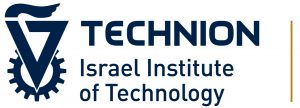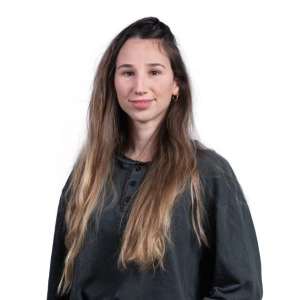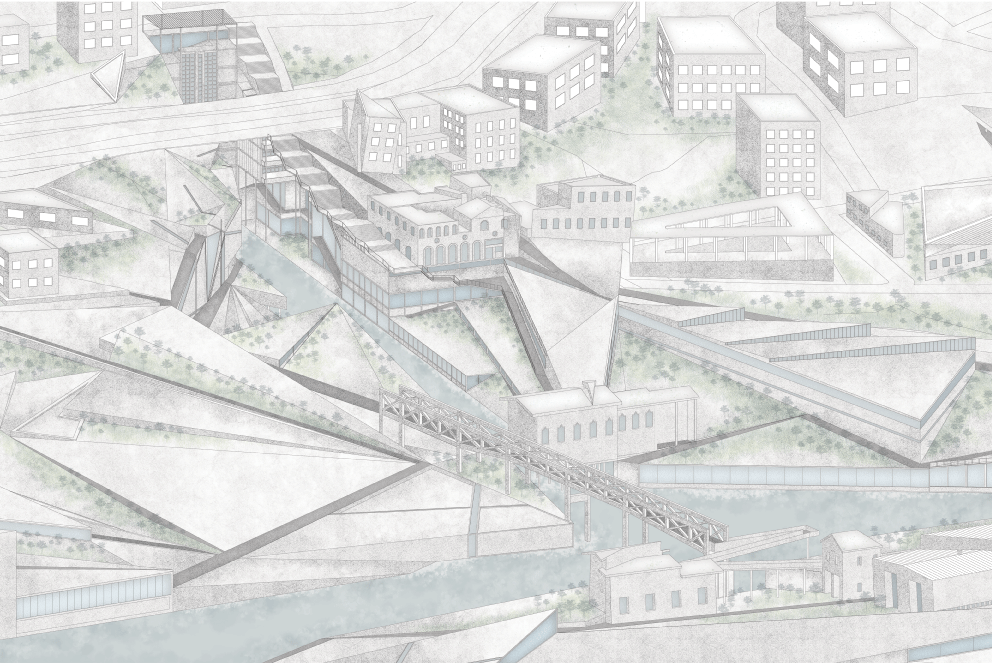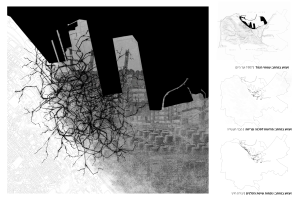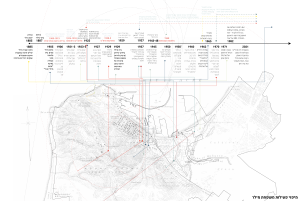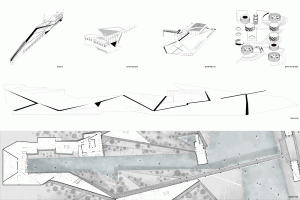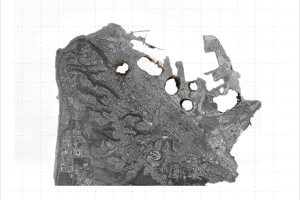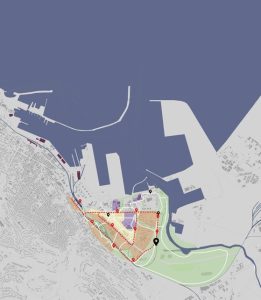Asea
As the source of life for humans, agriculture, and transit, water was a primary feature of human’s first settlements. Hence, significant events in human evolution occurred near the world’s water sources. Until the 20th century, the synergy between human and port developments led to the optimization of their relationship and mutual enrichment between port and urban activities. Changes in the 20th century led to a gradual decline in the reliance on maritime trade and transportation, causing many closures and abandoned facilities in port areas due to large migrations to the suburbs. This phenomenon drastically changed the way ports were perceived: historical port areas turned from a symbol of prosperity to economic deterioration.
Whereas pre-19th-century ports were a part of the urban fabric, the industrial revolution caused ports to evolve beyond the city’s borders, developing a direct relationship with heavy industries and expanded operational areas, all of which required parceling massive domains and demarcation.
More recently, it’s been concluded that the idea of moving these domains out of the city is an antiquated approach that doesn’t justify the environmental, social, and economic consequences. Thus, many cities choose to embrace a conversion model, converting such areas to touristic and retail functions as a tool for reputation improvement and to leverage the industrial and port areas’ economic resources. However, power struggles between landowners are difficult to reconcile, making some such urban renewal projects nearly impossible.
As a pre-urban-renewal port city, Haifa faces these challenges, as one of the only port cities in the world with no boardwalk along its harbors. The administration’s lack of power, and the failure of the current situation have led to a need for a new planning approach.
Positioned at the border between the city’s east side and the industrial bay, the project seeks to examine the ability of the shoreline revisioning to generate an interface between the city and the sea. By embracing the conversion model of the industrial and port areas, it seeks to create a spatial and perceptual transformation in a modern port city.
